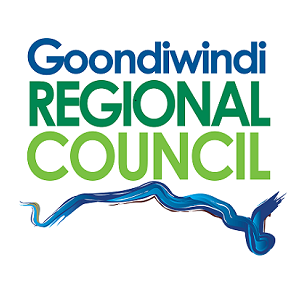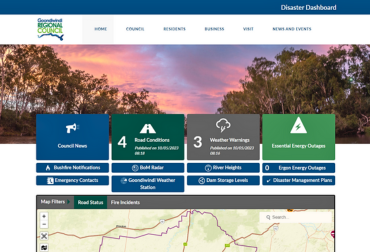During a Disaster
« BackEmergency Contacts
- Life Threatening Emergencies - telephone triple zero (000)
- SES (all areas) - 132 500
- Goondiwindi Regional Council (during business hours) - 07 4671 7400
- Council emergencies (oustide business hours) - Goondiwindi & Western areas - 4671 4671
- Council emergencies (outside business hours) - Inglewood & Texas areas - 4652 1834
- ABC local radio - 92.7FM, 104.9FM or 747AM
Display key contact information clearly in your home so that it is visible to all family members. Include a copy in your emergency kit and with your emergency plan.
Resources





